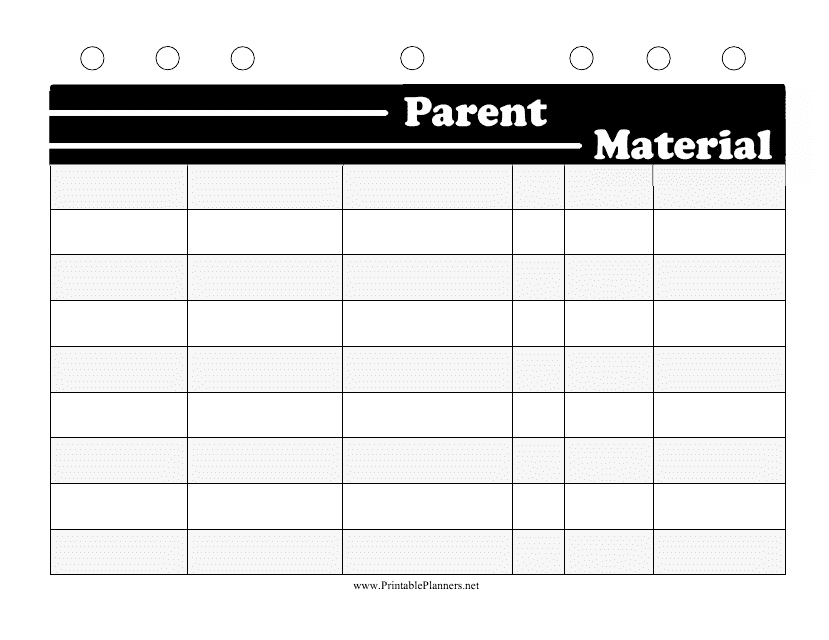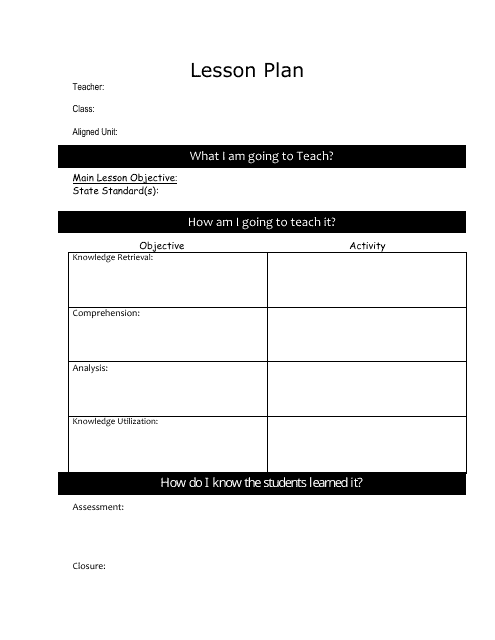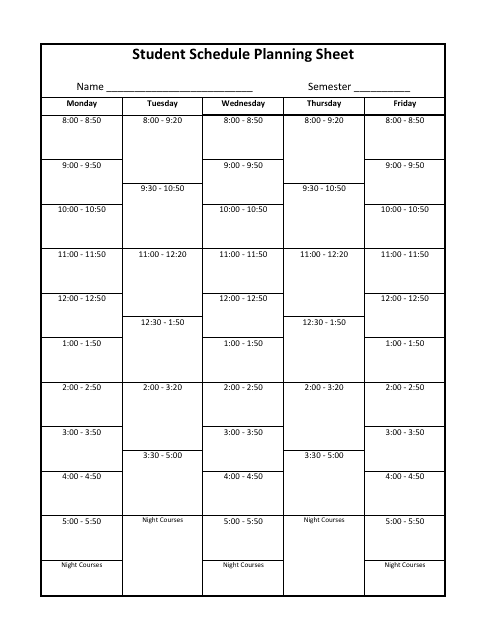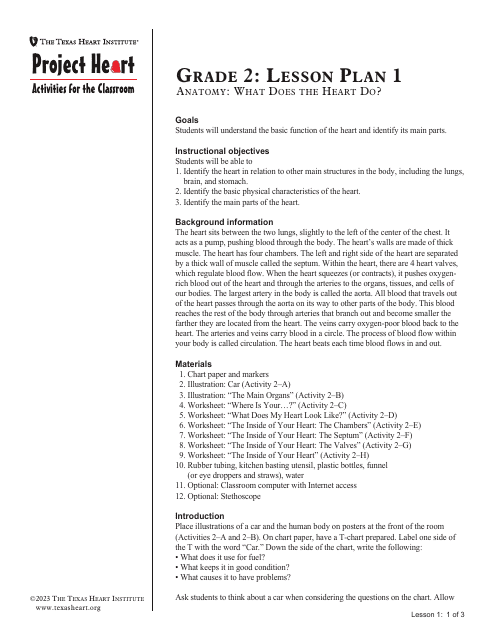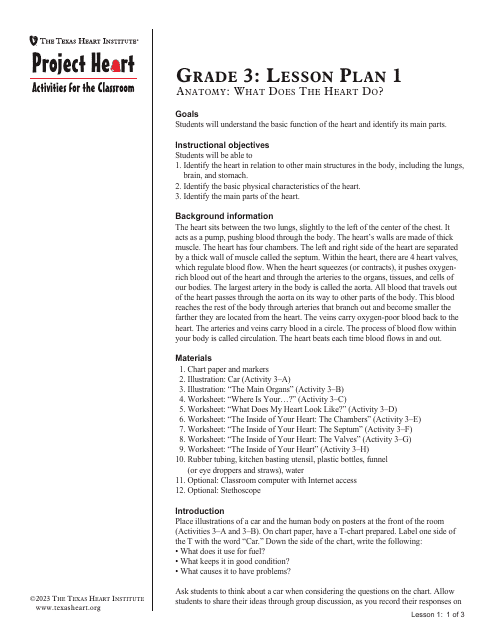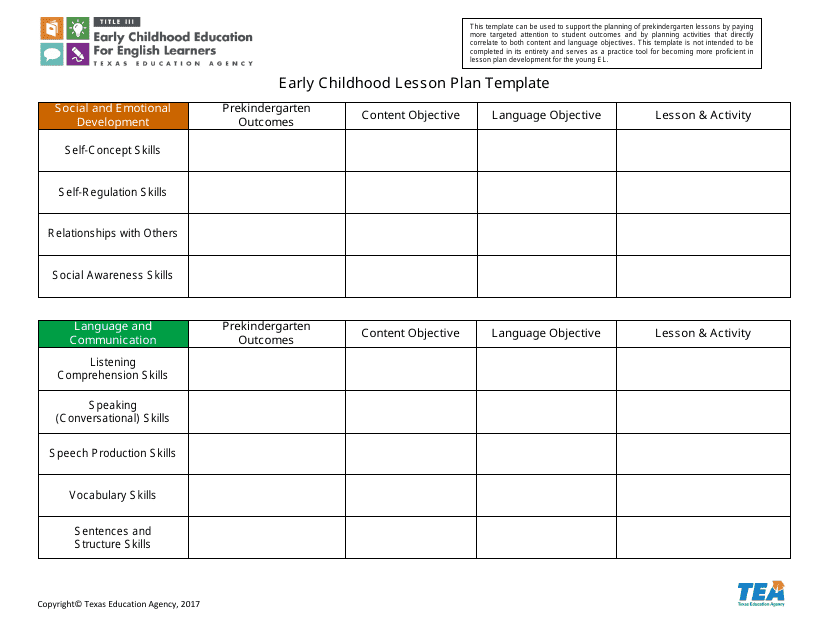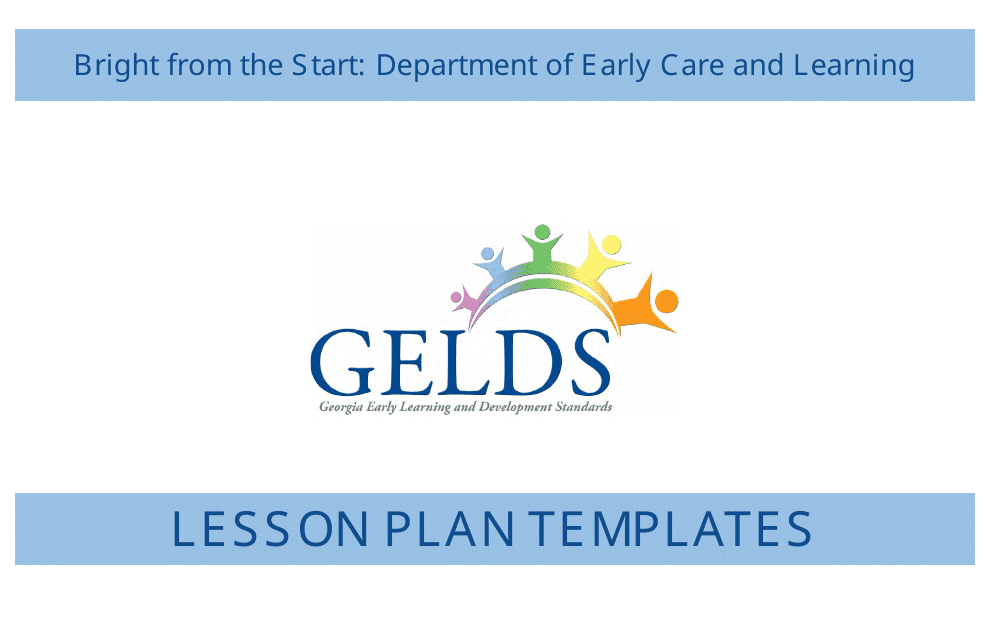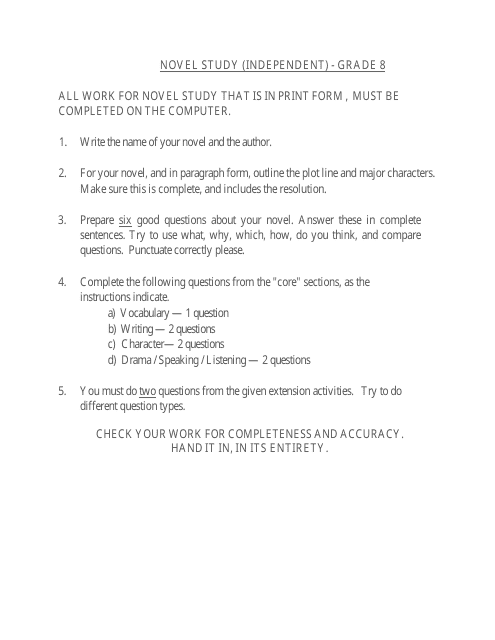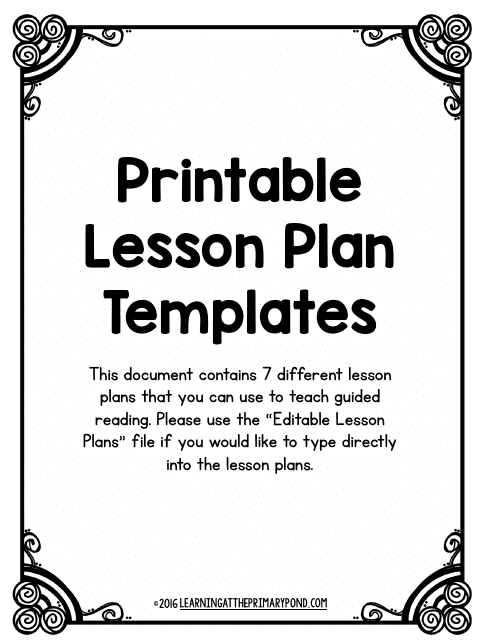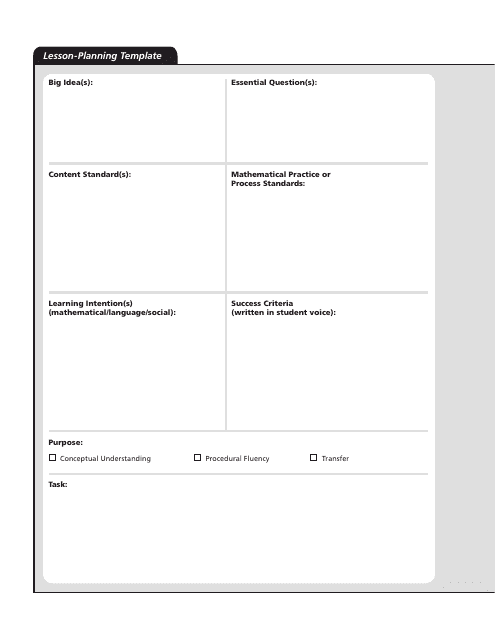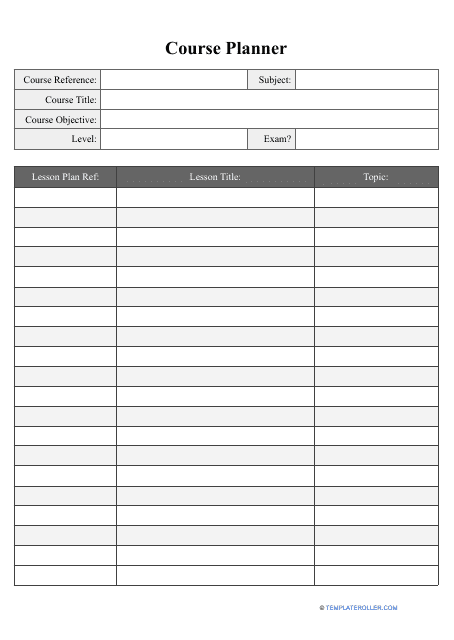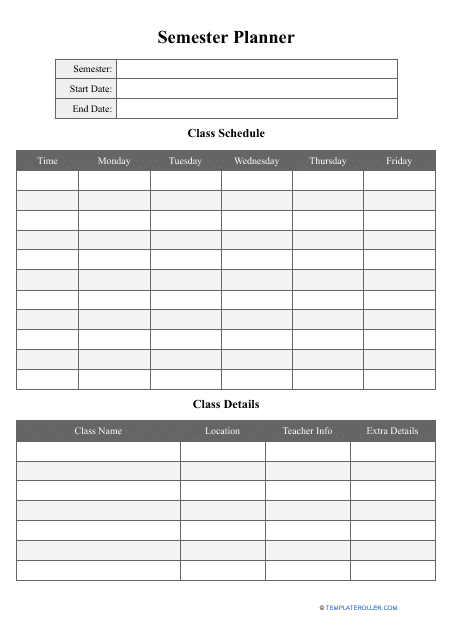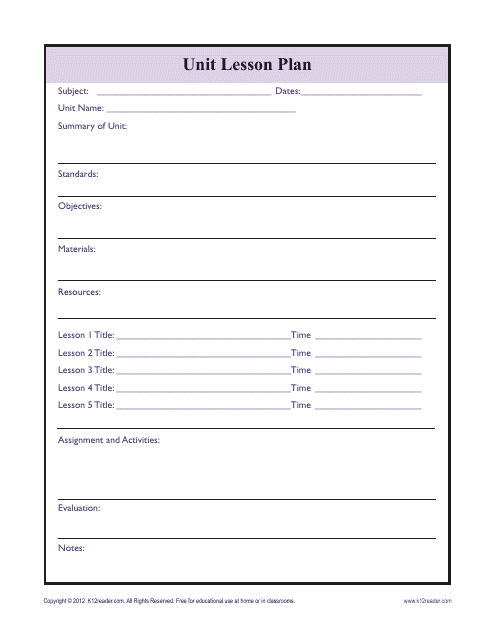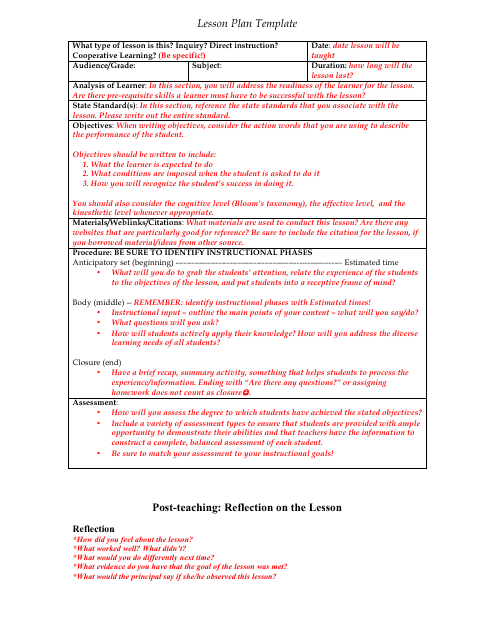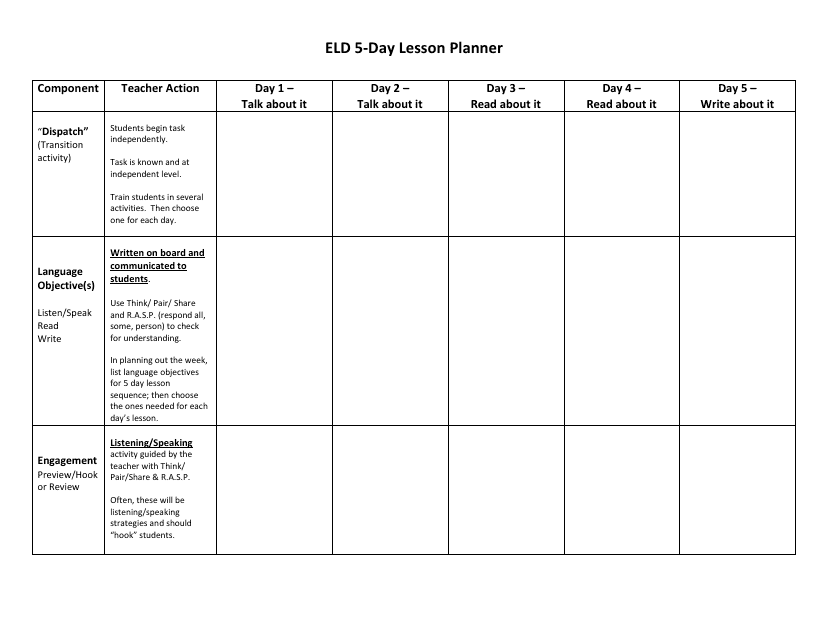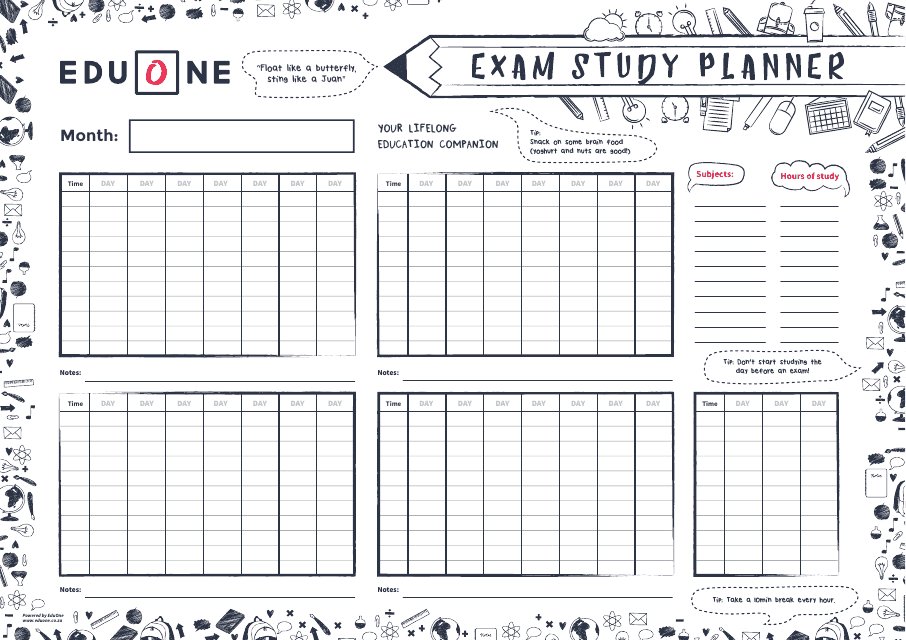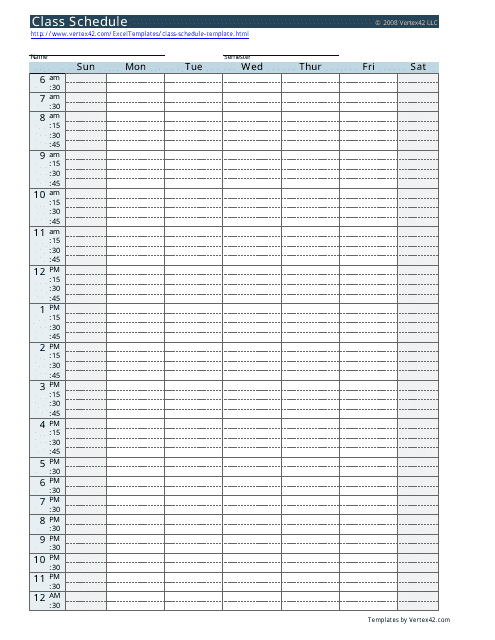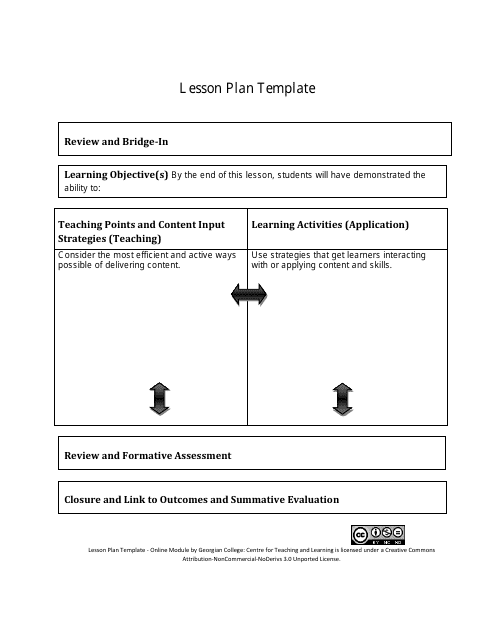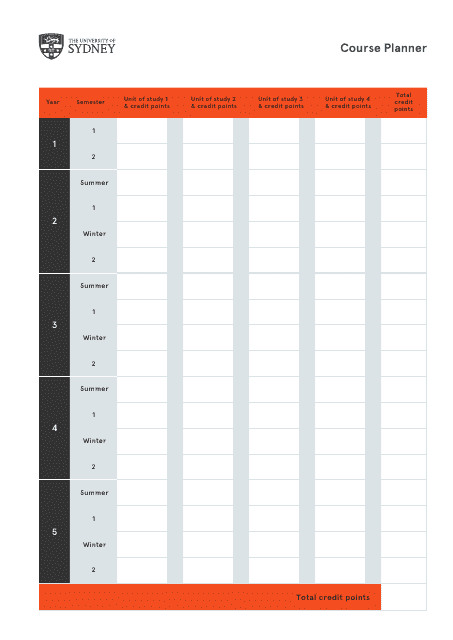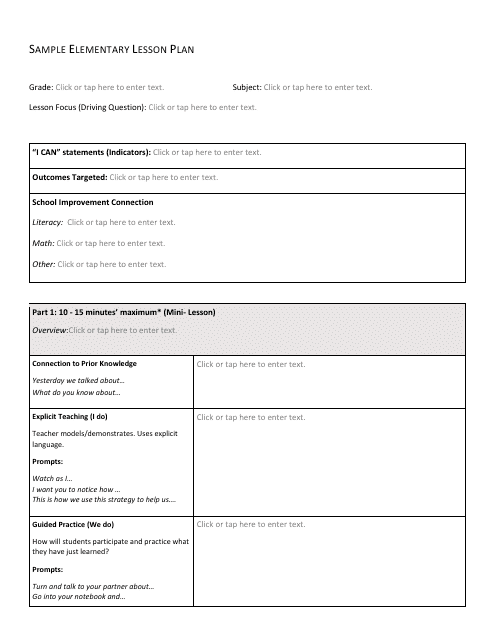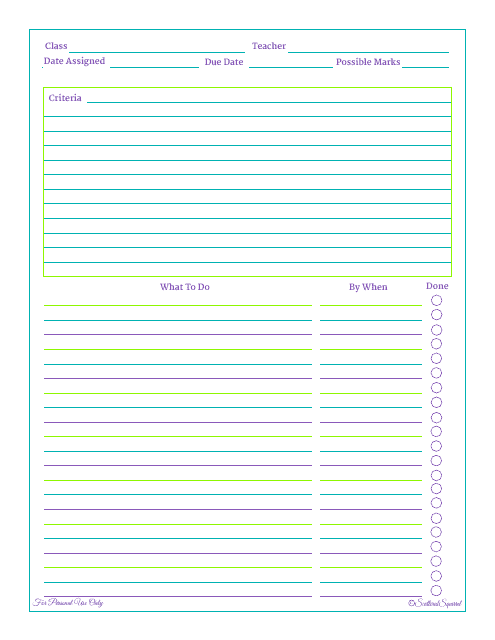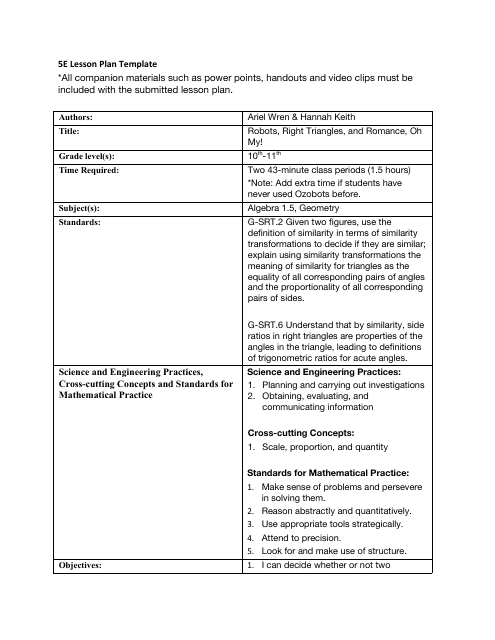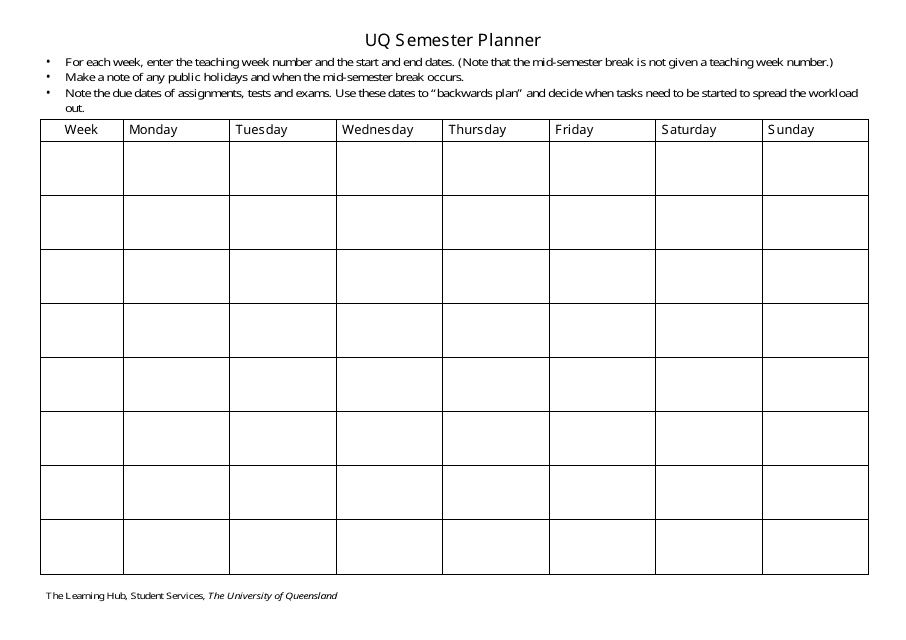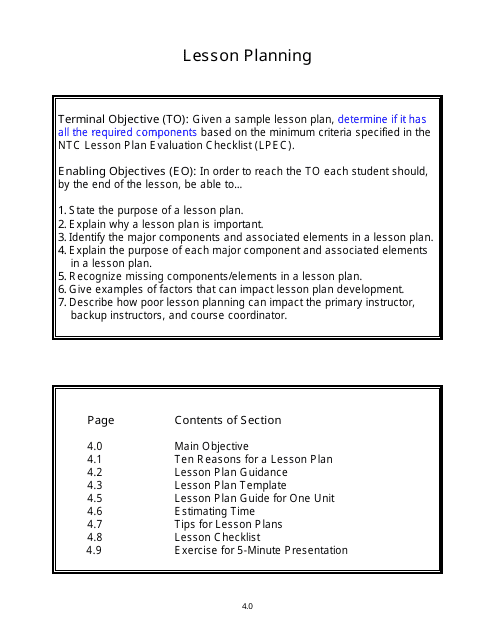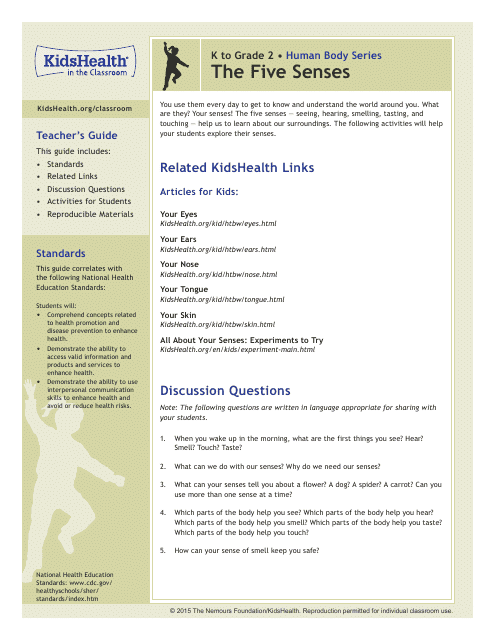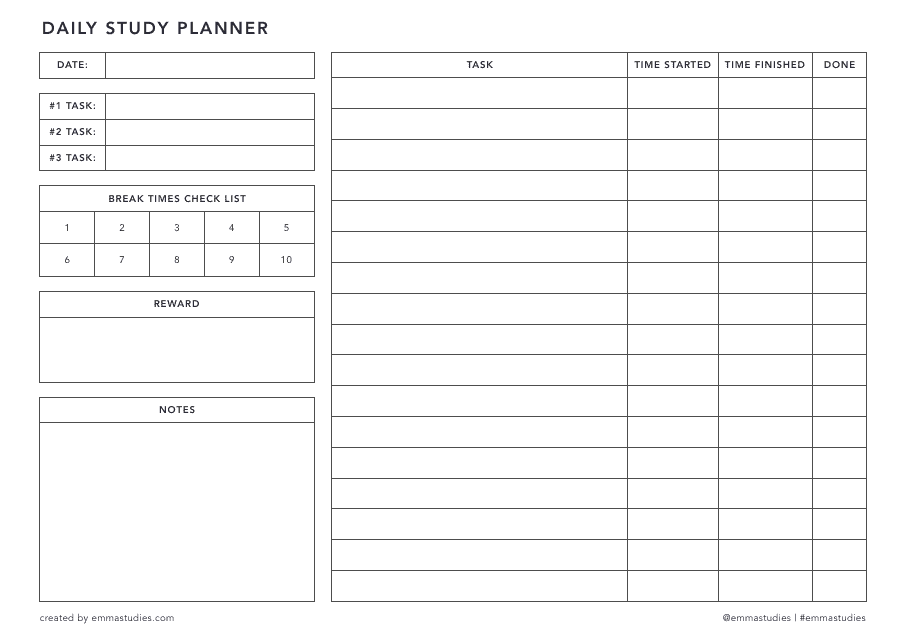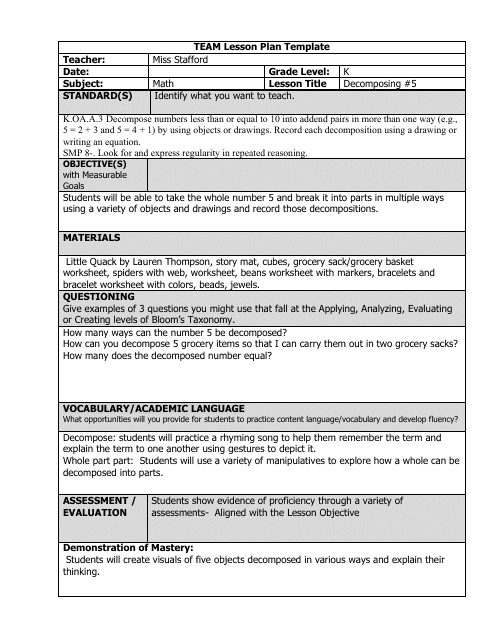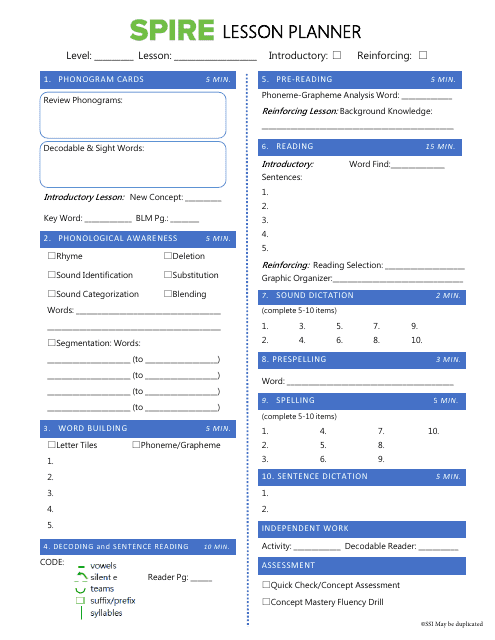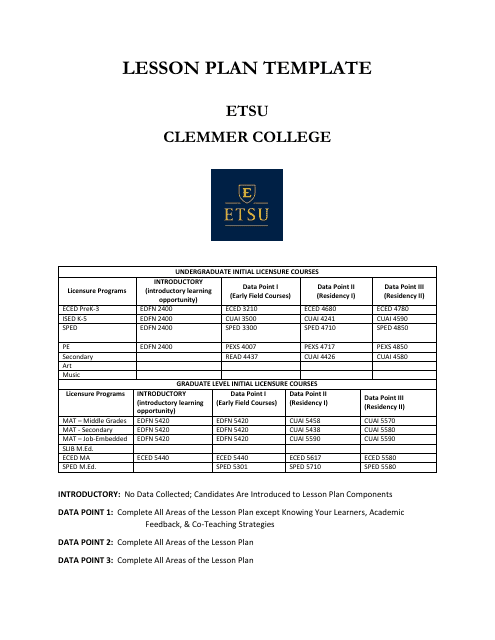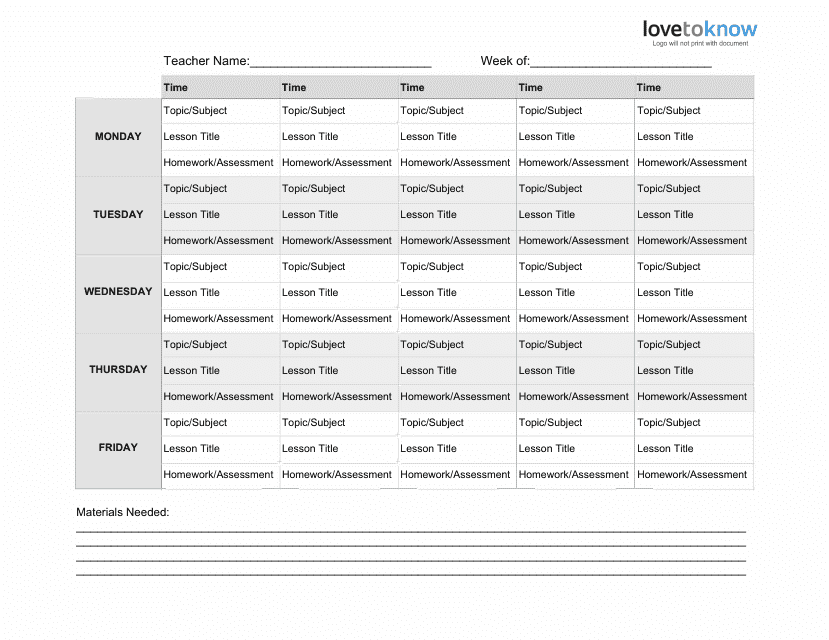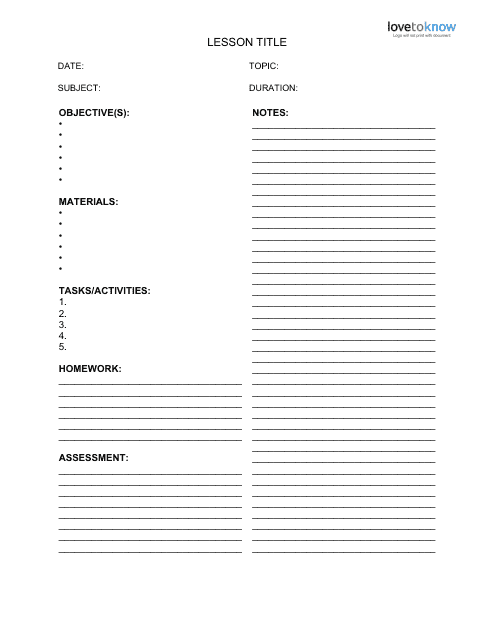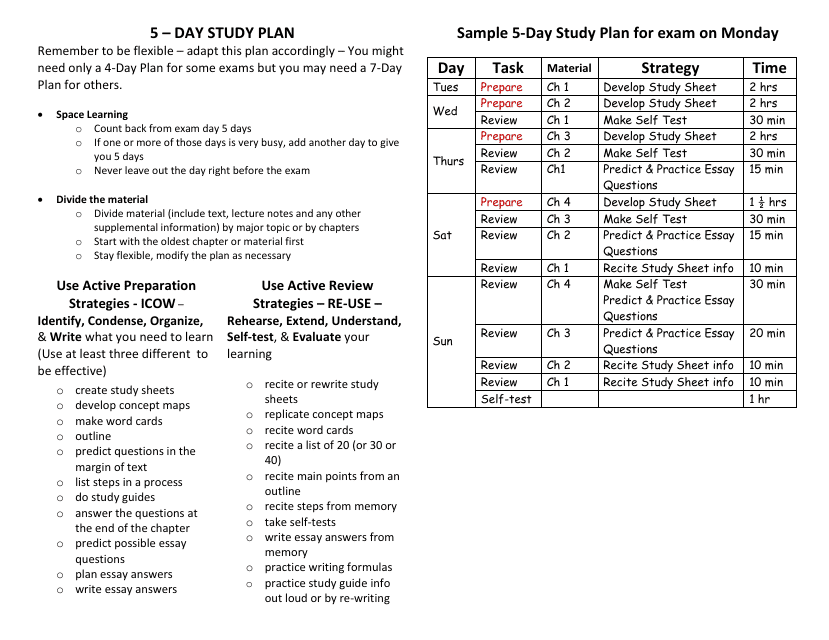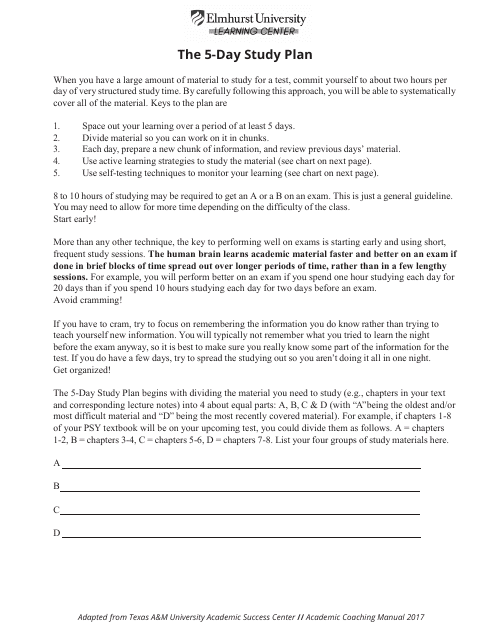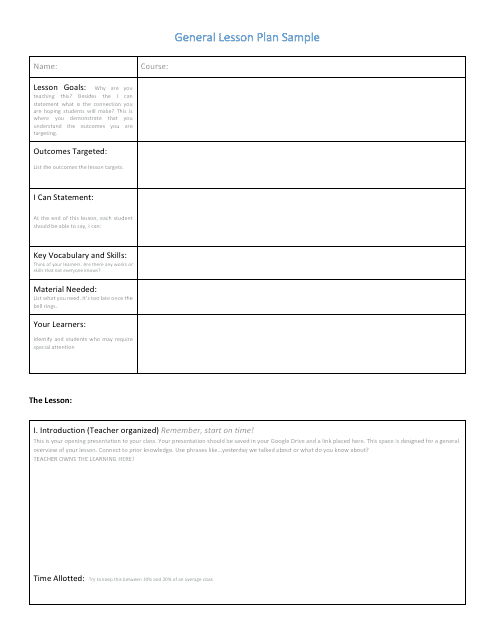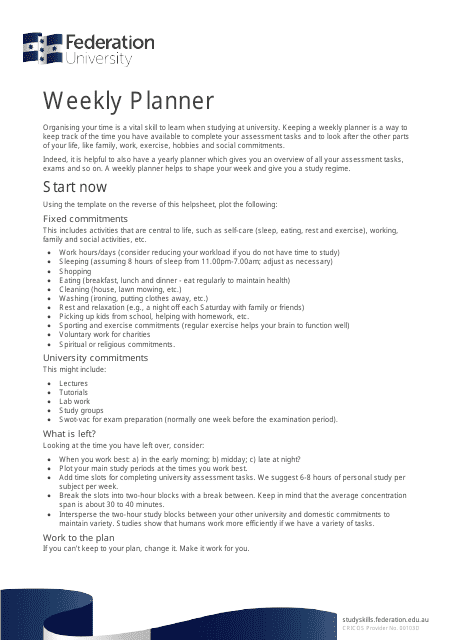Free Study Planner Templates
Study Planner: What Is It?
A Study Planner for students is an indispensable tool for organizing their academic coursework. It provides a systematic way to schedule study sessions and select goals, so that things don't just get completely out of control.
Alternate Name:
- Student Homework Planner.
Looking at them from the student’s point of view, study planner templates are complete designs which give a little space for the student to decide on their own personal schedule. There are blank forms for all sorts of time frames from a week's study planner to even a daily duty roster. Such templates can serve in the student's study regimen and they will not need to ever worry about missing an important deadline. From this experience, students learn to prune and summarize logical workloads.
In principle, a study planner isn't just helping students to be organized and disciplined - never failing to do their work on time - it also teaches them how to best organize their own school life. It provides structure for successful academics.
For a full list of Study Planner templates please feel free to check out our library below.
Study Planner Template Types
-
A Homework Planner Template is well suited to students as it provides a schedule by which homework can be assigned and completed every day of the week;
-
A Lesson Planner Template provides a detailed framework for teachers to write objectives, activities and materials. It helps provide smooth transitions from lesson to lesson and ensures effective classroom instruction as well as curriculum design;
-
A Course Planner Template helps students to lay out their educational requirements, such as class timetables and assignment deadlines, in an integrated fashion;
-
A Semester Planner Template provides a medium-term outlook by letting students organize their academic assignments, deadlines and targets for the entire term. This encourages much more purposeful planning as well as proper distribution of effort between studying books and going through exercises.
How to Use a Study Planner?
Employing a study planner is an optimal time defense as it provides pupils with time to set aside for studying, and makes sure learning is balanced with leisure.
With a weekly study planner, students can schedule sessions for specific subjects or topics at various times throughout the week, coursework is spread out comprehensively, and yet it remains possible to keep up a well-ordered regime of studying.
When exam periods approach, an exam study planner becomes especially helpful to students. With it, they can formulate a schedule for getting through their revision work, decide what subjects are most important so that time is not wasted on unimportant parts of the curriculum, and many other activities which will help them put themselves in good shape going into an examination.
A daily study planner comes out with a comprehensive breakdown of tasks and objectives for the day, which students use to schedule specific assignments, readings, or review sessions. It promotes productivity and discipline by specifying a daily schedule for study goals with deadlines.
Also, there is a monthly study planner that allows students to plan long-term objectives and deadlines for projects three months or more in advance as well as major assignments on a broader timeframe. This can encourage proactive planning and foresight.
However one uses a study planner, whether it be a weekly, exam, daily, or monthly type of schedule the main aim is helping students put their academic workload under control. It not only allows them to keep track of things but also helps both body and mind maintain the proper balance between studying and living life.
How to Make a Study Planner?
An important part of the process is planning a study schedule. It requires thoughtful organization and strategic thinking. To make a study planner, start by:
-
Choosing the format that meets your needs, such as a digital planner, printable templates, or a hard-copy one;
-
To completely cover your academic workload, consider such timeframes as weekly, monthly, and daily schedules;
-
The first step is to chart out a regular school routine, such as class schedules, assignment hand-ins dates, and exam times . Add in extracurricular activities too. Give priority to those subjects or topics that need more attention, and arrange special study time for each;
-
Use color-coding to distinguish between different subjects, as well as different types of tasks . This way you can see your study plan at a glance;
-
With a weekly study planner, you should plan your study times as single blocks of time, and try to cover different topics over the course of a week;
-
An exam study planner should provide a comprehensive schedule for revision (not just haphazardly cramming information into your head), identify key topics, and set aside time to practice tests or review past papers;
-
When devising a daily study schedule, divide your research work up into smaller job-a-day tasks;
-
Allow time for exercise and relaxation to maintain an appropriate balance between work (study) and downtime;
-
A study planner for each month lets you plan ahead . You can stretch large assignments, project deadlines, and test goals over a longer period of time;
-
As your academic schedule or study priorities change, you must periodically update and revise the planner . But by frequently consulting and calibrating your study planner, you can adjust the tempo of studying to suit you best, allowing you to be on top of work tasks at all times.
Still looking for a particular template? Take a look at the related templates below:
Documents:
63
This document is a black and white student planner template for organizing and tracking school assignments, exams, and activities. It provides a clean and simple layout for students to plan their daily, weekly, and monthly schedules.
This type of document is a template used by teachers to plan their lessons. It helps teachers organize and structure their lessons to ensure effective teaching and learning.
This document is a student schedule planning sheet template. It helps students organize their class schedules and keep track of their daily activities.
This document provides a comprehensive lesson plan focused on teaching Grade 2 students about the anatomy of the heart. It includes educational objectives, activities, and assessment methods for effectively conveying this vital biological information.
This document provides a comprehensive outline for conducting a grade 3 anatomy lesson focused on the human heart. It offers educational content, teaching strategies, and learning activities that can help young students understand the basics of heart structure and function.
This document provides a structured outline for educators in Texas to plan their early childhood educational activities efficiently, ensuring comprehensive learning for students. It's a helpful tool for guiding teaching methods and tracking student progress.
This type of template is devised to assist students in competently regulating their time, duties, and commitments during a school semester.

